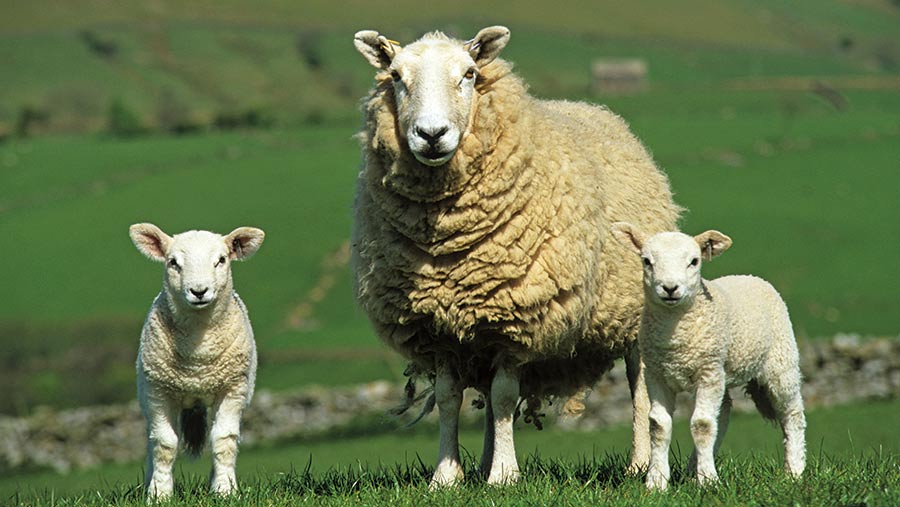South African farmers, particularly those in the grain, oilseed, and livestock sectors, are bracing for the impact of continued heavy rain and plummeting temperatures expected to persist through the week. According to the South African Weather Service (SAWS), a cut-off low (COL) weather system made landfall on 23 April and is set to bring disruptive weather conditions to large parts of the country until Saturday.
The system is forecast to move slowly eastward, bringing widespread showers, thunderstorms, and accumulated rainfall exceeding 50mm, especially over central and eastern regions on Wednesday and Thursday. The SAWS also issued warnings of severe thunderstorms, possible hail, and localized flooding, which could damage infrastructure, property, vehicles, crops, and livestock, particularly in the Free State and North West provinces.
Snowfall is also anticipated in higher-altitude areas, including the Drakensberg in Lesotho, KwaZulu-Natal, and parts of the Eastern Cape. Meanwhile, daytime temperatures are expected to fall sharply, with recovery anticipated by the weekend.
Crop Quality and Harvest Delays
Wandile Sihlobo, chief economist at Agbiz, warned in his weekly commentary that the timing of the rainfall could jeopardize crop quality, especially for sunflower and soya bean farmers who planted early and are now in the harvest phase.
This concern is shared by Hendrik Knobel, Free State Agriculture’s regional representative in Bethlehem, who noted that several farmers in the region had already begun harvesting soya beans early due to premature germination caused by warm and wet conditions.
However, persistent rain has left many fields too waterlogged for harvesters to operate, halting harvest progress. To mitigate this, farmers in the eastern Free State and Mpumalanga have started investing in track systems for their machinery—an expensive solution costing around R2 million per set, but increasingly necessary after consecutive wet seasons.
“Sales agents say they can’t keep up with demand for track systems,” Knobel noted, highlighting the urgency and scale of the issue.
Farmers growing sunflowers, sugar beans, and even potatoes have also reported setbacks due to excess moisture, which is beginning to affect crop quality and field access.
Livestock Also at Risk
The cold, wet, and windy conditions pose a serious threat to sheep farmers, particularly those with ewes that have recently lambed. Farmers running sheep in extensive systems are advised to take preventative measures, such as providing shelter or moving livestock to less exposed areas where possible.
Outlook
While the weather is expected to ease slightly by the weekend, the immediate risk to crops and livestock remains high. Farmers are being urged to monitor forecasts closely and take action to minimize losses, as the agricultural sector continues to grapple with the challenges posed by extreme and erratic weather patterns.



